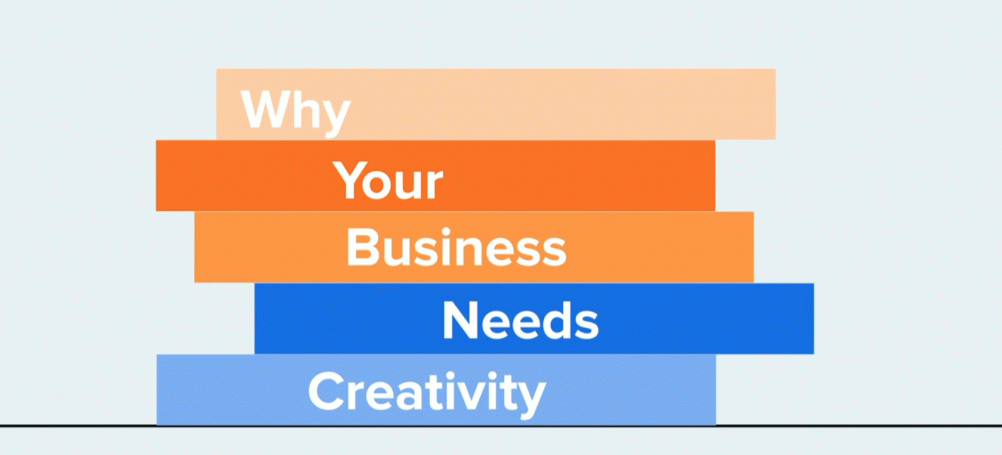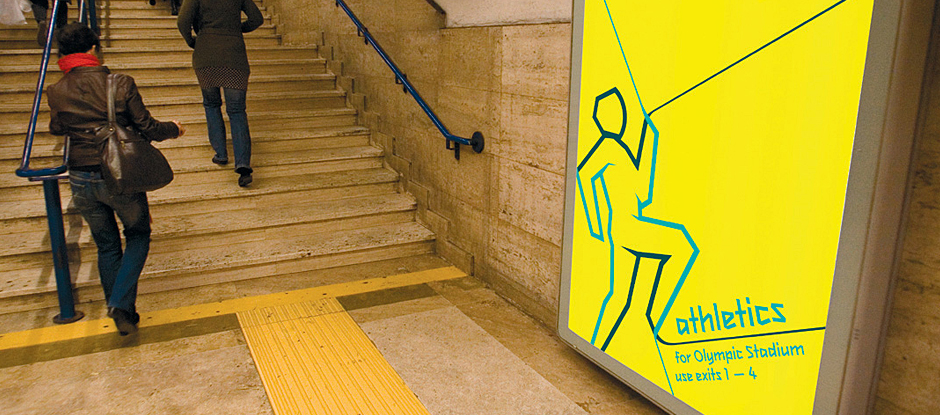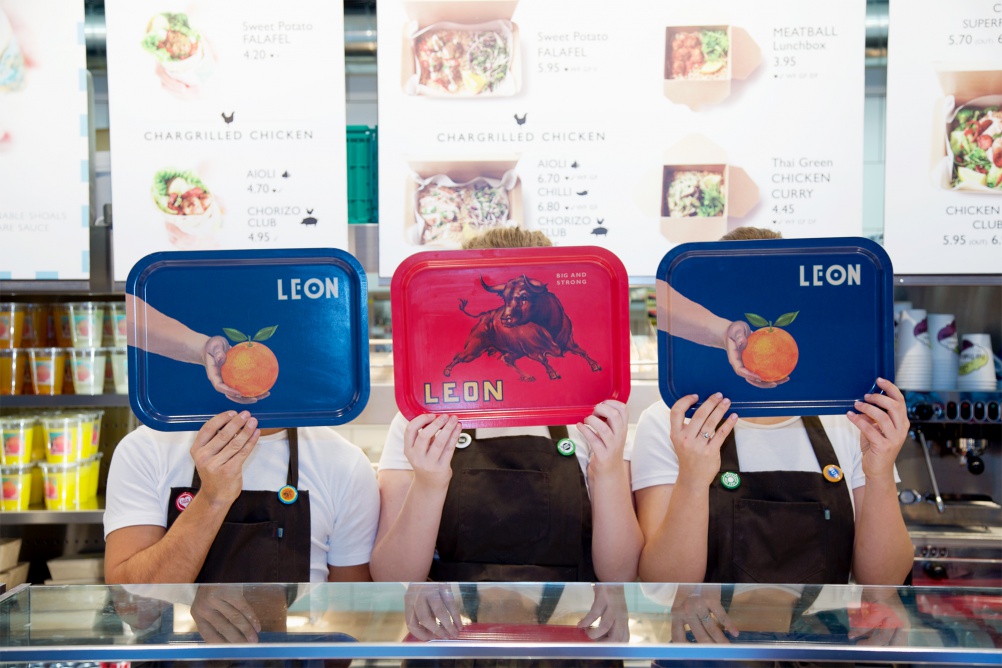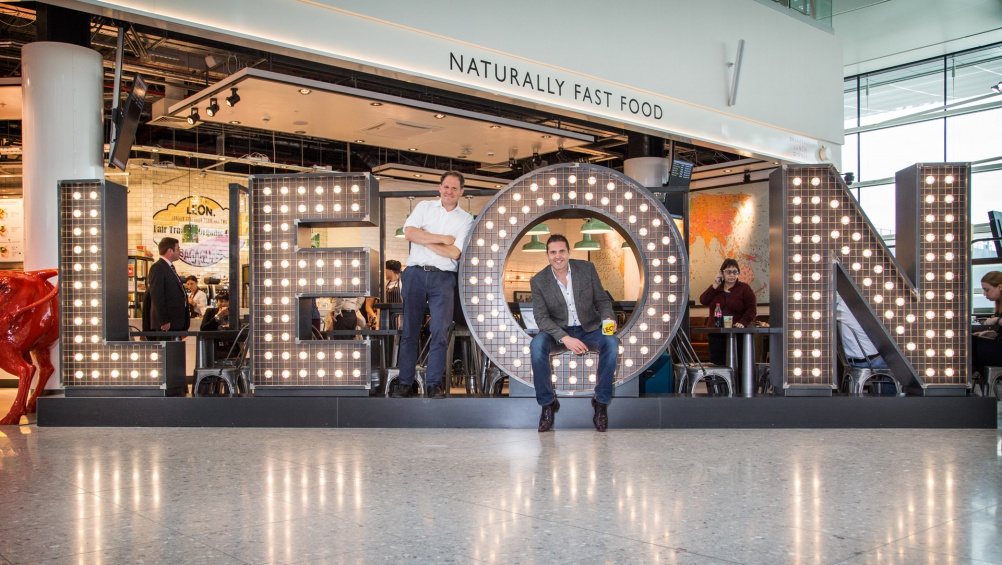What can design and creativity bring to business?
BESbswyBESbswyBESbswyBESbswyBESbswyBESbswyBESbswyBESbswyBESbswyBESbswyBESbswyBESbswy
BESbswyBESbswyBESbswyBESbswyBESbswyBESbswyBESbswyBESbswyBESbswyBESbswyBESbswyBESbswy
We look at the key points from the Design Week/Creative Review Advertising Week Europe panel session, which involved Diageo’s Jeremy Lindley, Leon’s Jo Ormiston and SomeOne co-founder Simon Manchipp.

As part of Advertising Week Europe, Design Week and Creative Review organised a panel session with the title “Why Your Business Needs Creativity”.
Diageo global design director Jeremy Lindley, Leon head of design Jo Ormiston and SomeOne co-founder Simon Manchipp joined Creative Review editor Patrick Burgoyne to look at how businesses can understand and use creativity and design.
We pull out some of the key points in this article and you can watch a recording of the full session here.
How do you define design and creativity?
Simon Manchipp: “Creativity can often be perceived as being a surface thing– we always start by saying: ‘This is not lipstick on a pig – this is actually really important stuff that has to run through an entire organisation.’
“I think there can be creativity that businesses display to their audience and their customers but also creativity that they display within. It really only works if it all works. That’s what we say to people at the very beginning to try to get a shared agenda that actually this is something that should fuel change throughout the entire organisation.”

Jeremy Lindley: “At the core of design is identifying the problem and coming up with a creative solution. While I believe that design thinking has much more to offer than that I don’t think that in the search for a deeper meaning we should lose sight of the core role of design being to solve problems. For example with packaging the product needs to be protected in transit, needs to look great in retail and must be clearly recognisable. We’ve worked very hard on hard-wiring strong design capability into the organisation at Diageo.”
“What’s exciting about Diageo is way that the opportunities to leverage design have been embraced. After many years of working closely with innovation it is quite hard to define is what is design and what is innovation – the two are weaved together and united and I wouldn’t want to separate them. Success is down to how design and innovation have meshed together and how the organisation embraces what is a very different way of thinking.”
How can you build design and creativity into an organisation?
Jo Ormiston: “We have lots of different teams within Leon but they all need creativity and design – from training our team members to the restaurant interiors, we try to engrain our design and brand into every thing we do.
“We’re lucky that our chief executive John [Vincent] was friends with Wally Olins for a long time so he’s really focused on branding and he’s a brilliant inspiration to the whole of our team. When it comes down to the importance of design for Leon we are quite intuitive. It’s quite difficult to rationalise what we [as a business] do, so we try to implicitly communicate it. It’s similar to ‘don’t tell people you’re funny, make them laugh’ – don’t tell them this is good food, show them it’s good food and our design work is really valuable for this.”

JL: “I was in a very fortunate position of having extremely high-level sponsorship within the organisation when I joined. That remains today. There was a recognition from our chief executive and our CMO was that design was really important, that competitors were investing in it and that we needed to get better at it. That’s a fantastic brief to have and it is critical that there is C-Suite understanding and sponsorship of design.
“My team has very much sought to examine and explain what design is and how to go about it. As well as encouraging people to trust their instincts we’ve spent of lot of time explaining why design is important – going back to neuroscience and behavioural economics and defining how the human brain works, why the visual world connects and is so powerful.
“I don’t think designers are always great at understanding and explaining how we think in a very different way – the nonlinear thought process has been so trained and ingrained in us we forget its not normal. At Diageo we’ve been able to apply that thought process to more than just ‘let’s make our products look nice’, more broadly to innovation and marketing.
“Inevitably at Diageo there are systems and processes to follow, however what is exciting is that the organisation also embraces instinct and flair, it really understands and feels how critical inspiration and creativity are to marketing and design.”

In-house teams vs consultancies – which is best?
SM: “Everyone talks about Apple and Nike [and their in-house teams] but they’re freaks – they’re the exception, not the rule and the majority of organisations don’t do it that way – the majority are busy running their businesses. I see it as being like ‘do you want to try to be a bad midi-system than doesn’t play music very well? Or do you want specialist best-in-class set of separates?’ My perspective is that we are one of those separates and that we can plug in and integrate.”
JL: “I wouldn’t particularly advocate a model of in-house or consultancy – to my mind every business needs to seriously build its design capability and examine its particular circumstances to determine the right model. For product design and automotive companies you probably do need to build your in-house team while when it comes to branding most organisations will find that either consultancy or a mix of in-house and external resource is best. I have a very simple approach, rather than focus on a model I seek out the very best designers and create the partnership conditions where we can succeed. It’s about the best talent, harnessed in a way that brings freedom, creativity and brilliant results.
“We believe that long-term partnerships with agencies get us a better result – you get to know each others business and that level of commitment gets better results than pitching. We describe it as the open design table – based on a simple insight that we work better together. I’ve got the next monthy design council on one of our brands next week when we get all our agencies together to give them clarity of their roles and work out how to collaborative better. We all work together to understand the brand and drive the work forward.”

JO: “The love and passion for the brand has to come from within and if it doesn’t then the brand isn’t working – because it’s those people who are going to continue the brand after the designs have left it.”
What’s the value of research?
JO: “We have something called ‘secret lover’ where we question customers. Things like the simplicity of the menu boards are key – in terms of our branding that simplicity and clarity is how we measure results.”
SM: “Research can a wonderful way of reaching a vanilla comfy sofa – in research you see the public go towards what’s familiar, what they’ve seen before – it’s really hard to get innovation in unless you use research as a gross negative check – ‘have we offended anyone? Are we moving in completely the wrong direction?’

JL: “Insight and reactions from consumers are very helpful to aid your judgement. Ultimately it’s down to the decision-making of the senior people in charge of the brands – the research is a really effective tool to aid our judgement but the consumer does not choose – we decide.”
How do you measure the effectiveness of design and creativity?
SM: “With effectiveness you can look back on the brief and its KPIs and that’s where you can start to see whether its worked. There’s a million metrics you can use but the key one is: are the phones ringing and are the products shifting?
JL: “One of the tools that I’m a strong advocate of is the Design Business Association Design Effectiveness Awards. It’s hard to enter – writing the submission takes significant effort and, as we are a publicly listed company, any figures I put into it need to be checked and fully robust. If you want any evidence of design’s effectiveness just go to the DBA’s website and look at the case studies, not only have the companies submitting provided robust data, in addition a broad panel of business experts have judged the work. The link between great, creative design and enhanced business performance is extremely well established.”
How do you involve the audience and deal with feedback?
SM: “The social media aspect is really important – what was good about the Airbnb brand launch for example is that they listened and got involved with all the social media reaction and embraced it.

“People ultimately don’t like change and we are at the sharp edge of change. When you’re launching new stuff there are often ways you can bring this in – when we did the brand launch for Tizen we created an operating system that people could muck about with, so if they didn’t like one particular aspect of it they could create their own and take their own approach. Increasingly there are ways of moving away from a monolithic approach to: ‘Here’s a series of choices – get involved and buy the bits you like.’
You can see the Design Week and Creative Review Advertising Week Europe session here. For more information on Advertising Week Europe visit: advertisingweek.eu.
-
Post a comment




